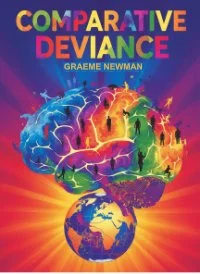By Marina Zaloznaya, Jennifer L. Glanville, Jennifer Haylett
Although men are overrepresented among the perpetrators of high-profile, white-collar crime, examinations of public-sector corruption typically reveal little-to-no gender differences in participation. Drawing from Steffensmeier's theory of gender inequality in the criminal underworld and Tomaskovic-Devey and Avent-Holt's relational theory of inequality, we argue that this apparent equality conceals systematically different patterns of engagement. We hypothesize that bureaucrats and other facilitators are more willing to collaborate with men than with women. Because public-sector corruption markets are not male dominated, we argue that “gatekeepers” of both genders systematically exclude women from lucrative illegal collaborations. We further hypothesize that patterns of gender inequality are more pronounced in riskier and more profitable public-sector corruption. We test these hypotheses with data from an original nationally representative survey conducted in Russia in 2018 using models that incorporate controls for explanations that locate gender differences in crime engagement in offender attributes. Our results demonstrate that gender differences in public-sector corruption are a function of coordination among multiple actors. These relational dynamics advantage Russian men over women in that they are more likely to use less costly types of remuneration and to engage in high-stakes exchanges with bigger material yields.
Criminology, Volume 62, Issue 4, 2024, pages 739-768











